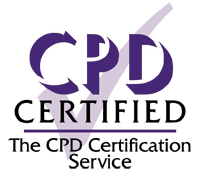The condition of patulous eustachian tube, as opposed to dysfunctional eustachian tube, is less frequently diagnosed. Symptoms related to this, such as autophony, aural fullness, ‘being under water’, ‘hearing their own breathing’, and hearing sensitivity (varying in either direction) can...

